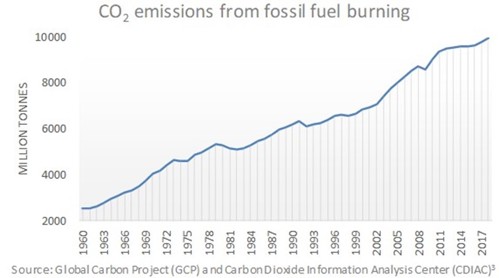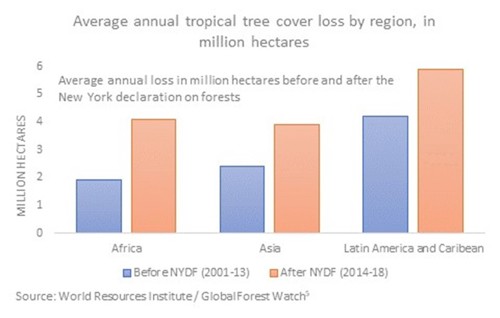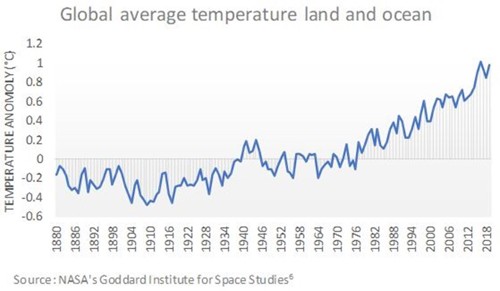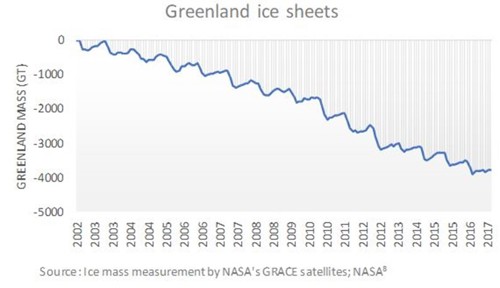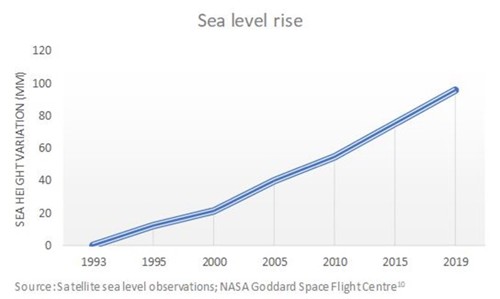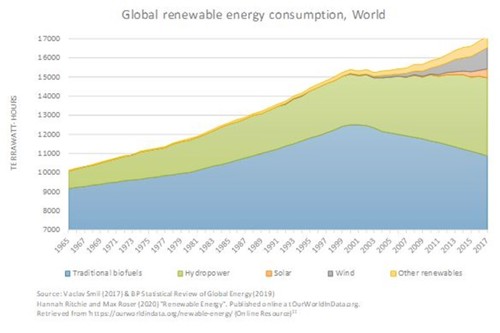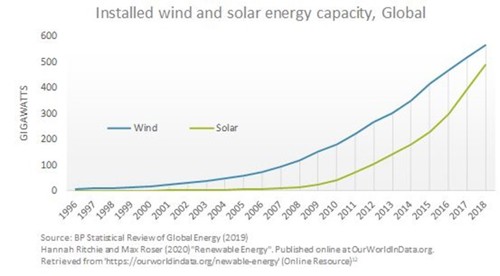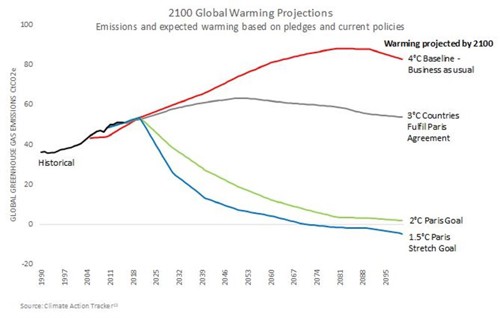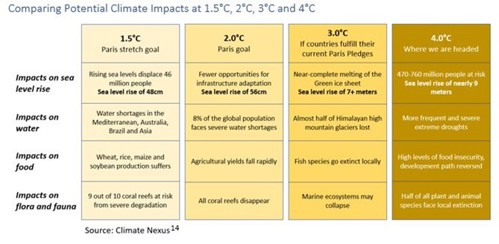Climate Crisis
Updates
July 2020 - The Local Government Association and the UK Stakeholders for Sustainable Development have launched a guide to help councils engage with the United Nations Sustainable Development Goals (SDGs) at a time when many are starting to re-think the role of local government in leading places and empowering people.
What is Climate Change?
Climate change describes a change in the average conditions — such as temperature and rainfall — in a region over a long period of time and this is something that has been particularly more apparent in the past 20 years, with Earth’s surface warming, so producing many of the warmest years on record.

Below we explain this climate crisis.
The Climate Crisis Explained in 11 Charts
The Problem
The Causes
The Consequences
Addressing the Issue
Climate Change - Wirral Intelligence Service - Full document (April 2020)
For more information on Climate Change
-
This is Wirral: Environment (2019)
- Cool 2: A strategy for Wirral in the face of the global climate emergency (March 2020)
This page will be developed with additional international, national and local content over time - please come back and view updates


